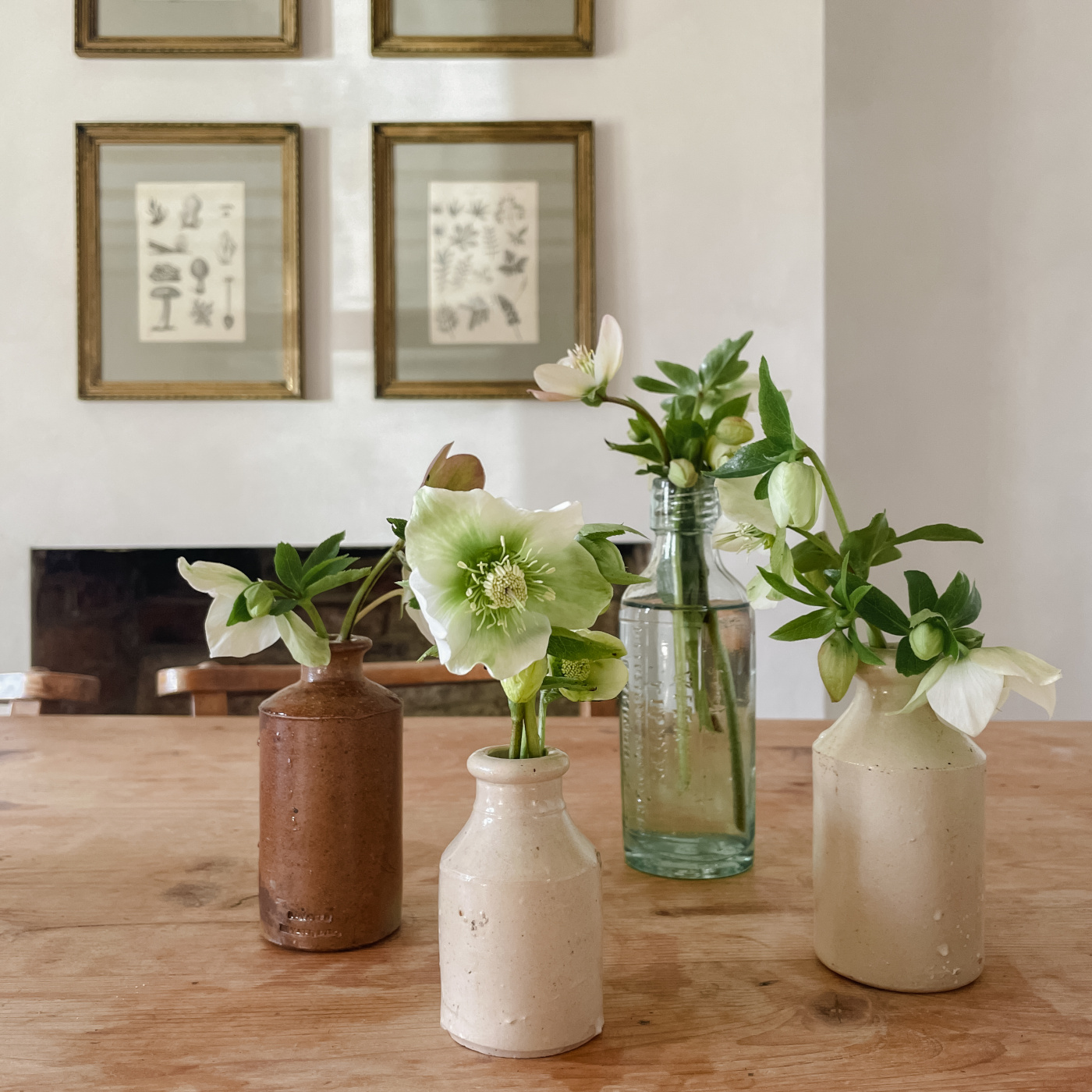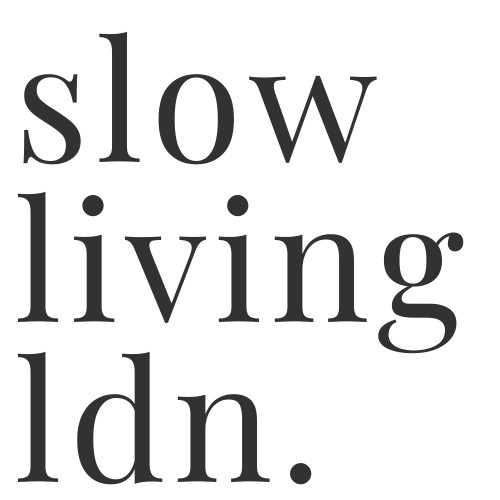You have no items in your cart. Want to get some nice things?
Go shopping
From the first bright pink stems of sweet forced rhubarb to hopeful snowdrops appearing almost against all odds, there are small seasonal moments to savour in January. It’s a leaner month for fresh produce, especially fruit, but there are still plenty of root vegetables and greens to enjoy. For us, January is a month of candlelight suppers, hearty pies, stews and soups, long baths, bracing walks and a general downshift in pace following the festive season. Talk of New Year’s resolutions and the appearance of Easter chocolate in supermarkets before the end of December challenges this downshift. Society urges us to look forward and wish January away. Yet, we, like nature, need the darker days of January to rest and regenerate. Below you’ll find some inspiration to savour this month. There’s also still plenty of time to chose a word of the year – a more intentional, holistic approach to starting your year than outdated, unrealistic New Year’s resolutions.
What produce is in season? Fruits and vegetables in season in January
Vegetables in season in January in the UK:
- beetroot
- brussels sprouts
- cauliflower
- celeriac
- celery
- chicory
- horseradish
- jerusalem artichoke
- kale
- kohlrabi
- leeks
- parsnips
- potatoes (maincrop)
- salsify
- shallots
- swede
- turnips
For a comforting way to use leftover cheese from the festive period, try our leek, potato and raclette galette recipe. Alpine cheese or those that melt well are ideal for this recipe.
Fruit in season in January in the UK:
Fresh fruit isn’t abundant in the UK during January, but earlier in the month you will find the remaining apples that have been stored from autumn, plus the sweet, delicate stems of forced rhubarb around mid-month. A vibrant treat to brighten darker January days, try our stewed rhubarb recipe and heap a spoonful on your breakfast.
- apples
- forced rhubarb
Seasonal flowers in January
Small signs of growth and regeneration appear in January, reminding us of the spring to come. Hellebores and snowdrops can be spotted, while you may also start to find some British grown tulips available to buy. These tend to have been grown under cover, meaning they are ready to be cut long before your own tulips make an appearance in the garden. We love to support British slow flowers and discover more exciting tulip varieties than those available in supermarkets. Smith and Munson are a family-run business and have been supplying flowers since 1949. Their tulips are grown hydroponically in water, making their process cleaner and more efficient. Throughout the season, they showcase beautiful fringed, parrot and double tulip varieties.


Slow, seasonal living this month
January is a time of rest and recuperation. If we take our cues from nature, it’s the time to replenish reserves as we move slowly towards springtime and the season of new growth. Yet, January also coincides with the start of a new year and the sense of a fresh, blank page.
In Slow Seasons, author Rosie Steer captures the paradox of January and wintertime perfectly: ‘Electricity, lighting and central heating are all modern conveniences that make our Winters easier to survive, of course – but they also mask our inner signals to slow, rest and revive. I’m certain this is why many of us are left feeling low in the Winter months: the world keeps turning and we are expected to carry on at the same pace, lest we be left behind.’
Be kind to yourself in January and savour this particularly slow month. If you’re planning projects or an early spring clean, pace yourself. Take it one drawer or step at a time. And if you need more to make your soul sing in January, research and book a short break or trip in the coming months. Having something to look forward to (even while savouring the here and now as much as possible), can be uplifting.
- Why we’re wired to rest in winter
- Discover our winter tablescape ideas to elevate the everyday
More seasonal guides:
